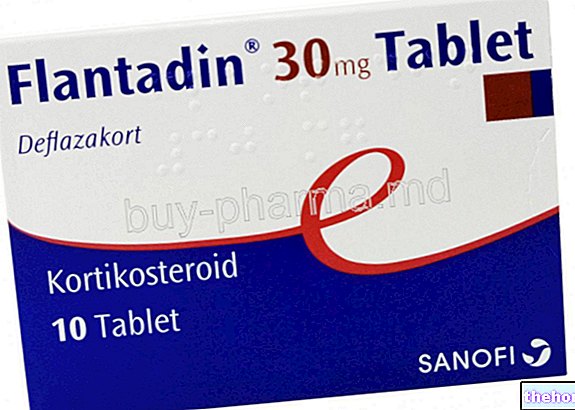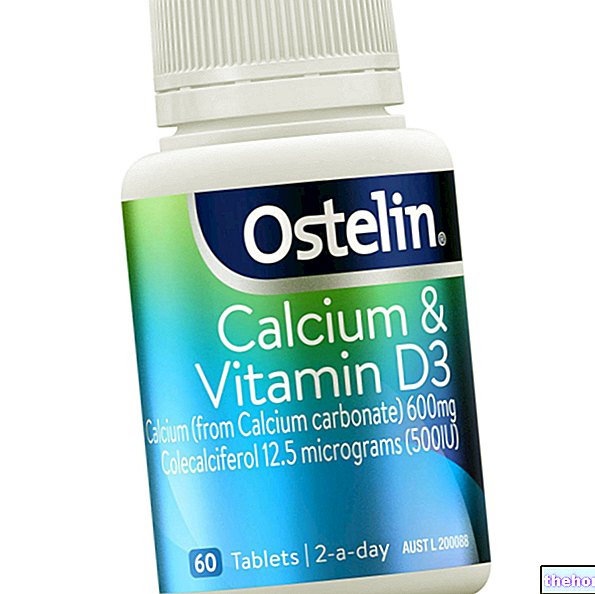Definition
The sty is an acute inflammation of infectious origin, which affects the sebaceous glands located at the base of the eyelashes.
Depending on the type of sebaceous gland affected, the sty can appear both on the outside of the eyelid (external sty) and inside it (internal sty).
Causes
Sty is caused by a bacterial infection with staphylococci.
Contact of dirty hands with eyes is sufficient to contract the infection. Therefore, people with poor personal hygiene are exposed to a greater risk of contagion.
Sharing towels with people with sty can also promote the transmission of the infection.
Furthermore, it has been observed that subjects with blepharitis run a higher risk of contracting sty.
Symptoms
The stye manifests itself as a swelling in the eyelid, in which pus accumulates and which is accompanied by symptoms such as pain, sensation of a foreign body in the eye, photophobia, tearing and swelling. In some cases, fever and chills may also arise.
Furthermore, the internal sty can evolve into chalazion if it is not adequately treated.
The information on Hordeolum - Medicines for the Treatment of Hordeolum is not intended to replace the direct relationship between health professional and patient. Always consult your doctor and / or specialist before taking Orzaiolo - Medicines for the Care of Hordeolum.
Medicines
In most cases, the sty tends to self-resolve within a few days, "bursting" by itself and letting out the pus contained in it. Obviously, the "boil" must never be popped with the hands, otherwise the spread of the infection would be favored.
Therefore, the best thing to do is to let the sty run its course; eventually - to alleviate the symptoms - hot-moist compresses can be made.
In addition, people with styes should keep their face and eyes clean, always wash their hands before touching their eyes, avoid the use of contact lenses and should not apply make-up or other products on the stye. in order to facilitate healing and avoid worsening and / or spreading the infection.
If after a few days no improvement is noticed, then it is necessary to ask for the intervention of the doctor, as it may be necessary to resort to the use of antibiotic drugs.
In extremely severe cases, in which the sty is very large and does not respond to drug therapy, drainage and surgical removal can also be used, but this operation must only be performed by a specialized doctor.

The following are the drugs most used in the therapy against sty and some examples of pharmacological specialties; it is up to the doctor to choose the most suitable active ingredient and dosage for the patient, based on the severity of the disease and the state of health of the patient. and his response to treatment.




























